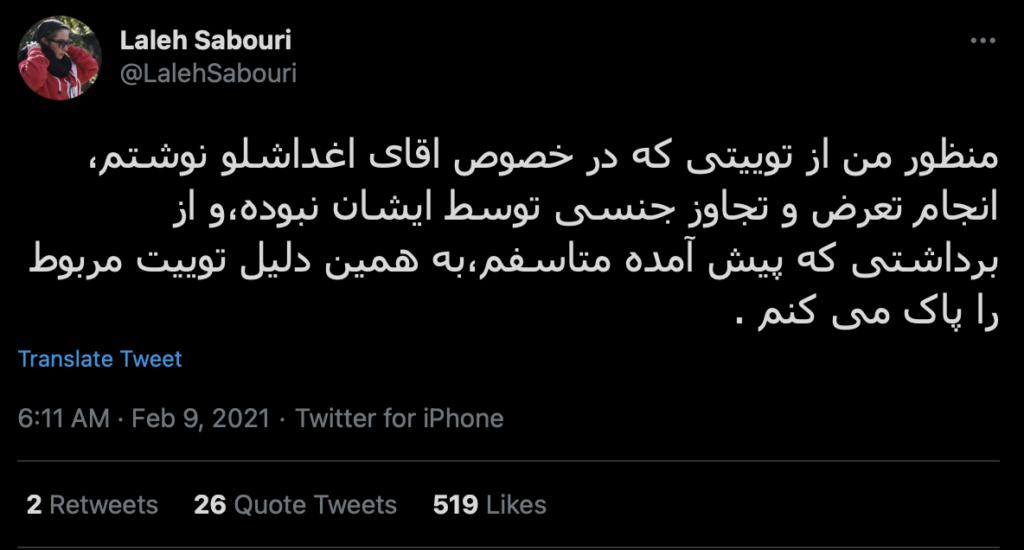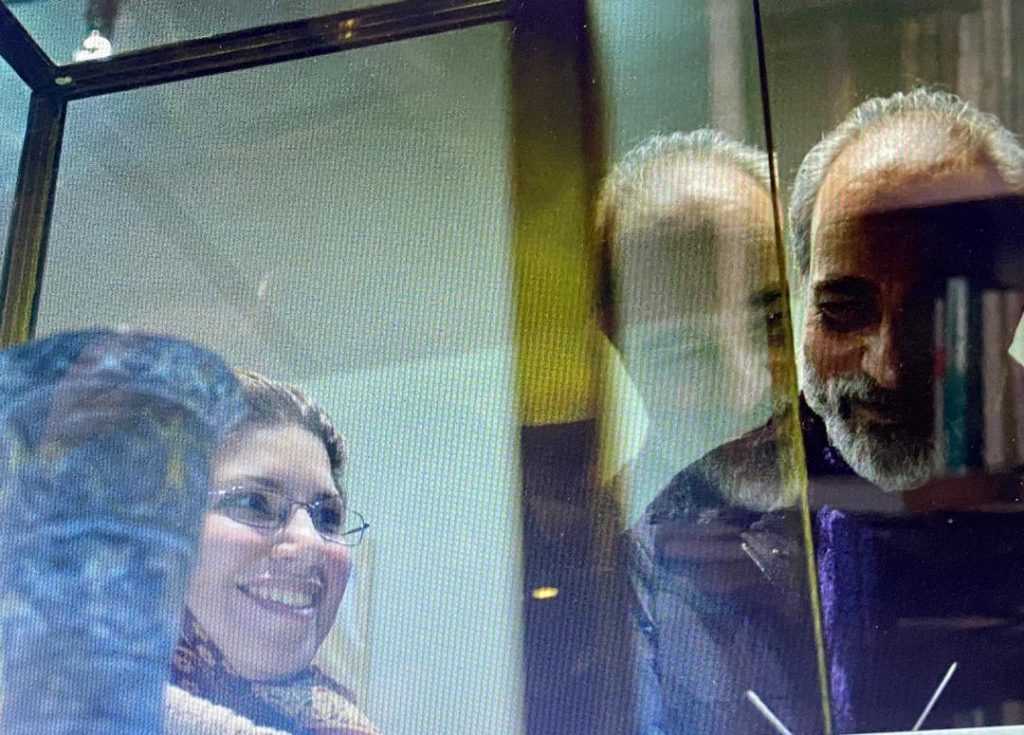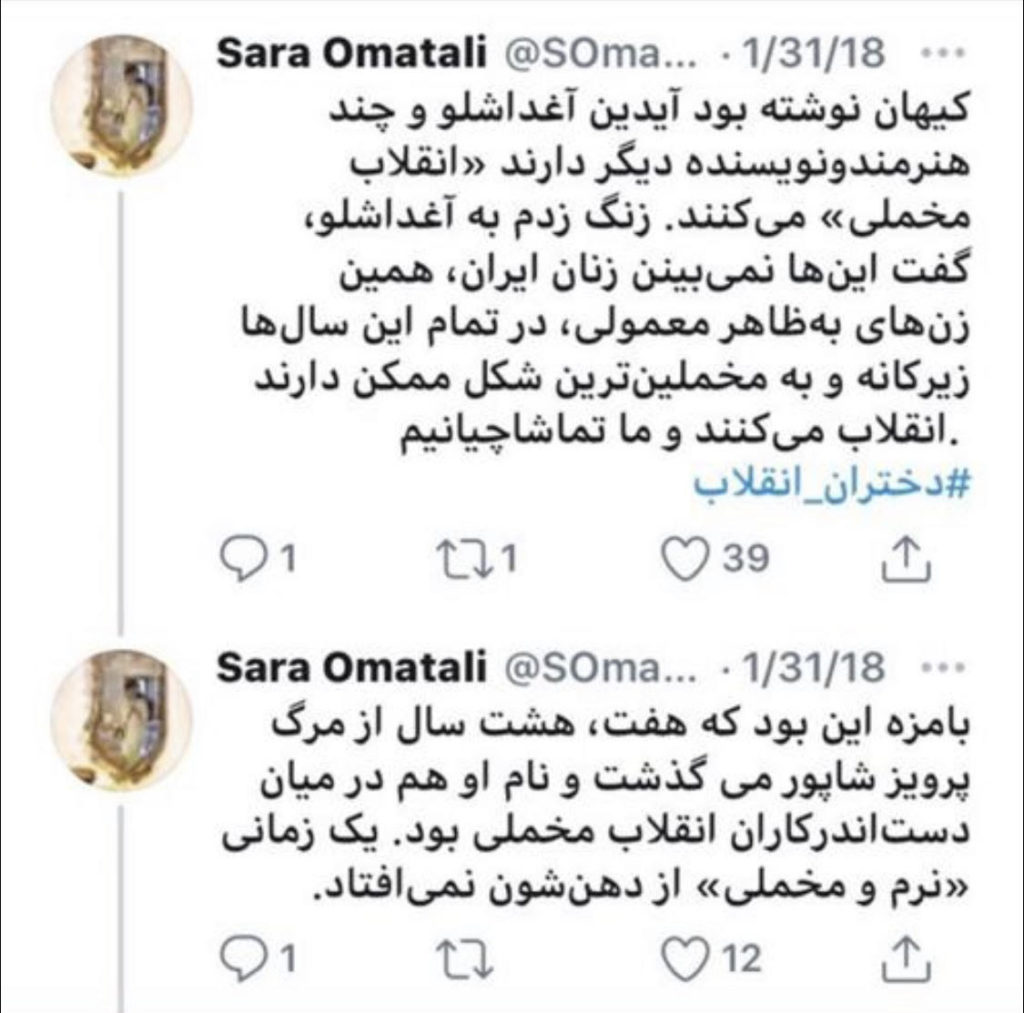In 2019, Afshin Parvaresh, an extortionist, convicted defamer, puppet-blogger, and alleged rapist, was sent a cease and desist letter related to his attacks and slander against Aghdashloo and has been hiding to avoid legal accountability for his actions. As he is now apparently a resident of the U.S., Aghdashloo’s lawyers at the Kronenberger Rosenfeld law firm filed a lawsuit against Parvaresh in the District Court of Southern Ohio on June 14, 2021.
This lawsuit is a critical step to hold Parvaresh accountable for his torrent of lies and allegations against Aghdashloo. We are encouraged that despite Parvaresh’s number of failures to appear before the court in Iran and the U.S., he will finally have to speak for his action and lies — as he has previously claimed that he is ready to do so on his social media platforms.


